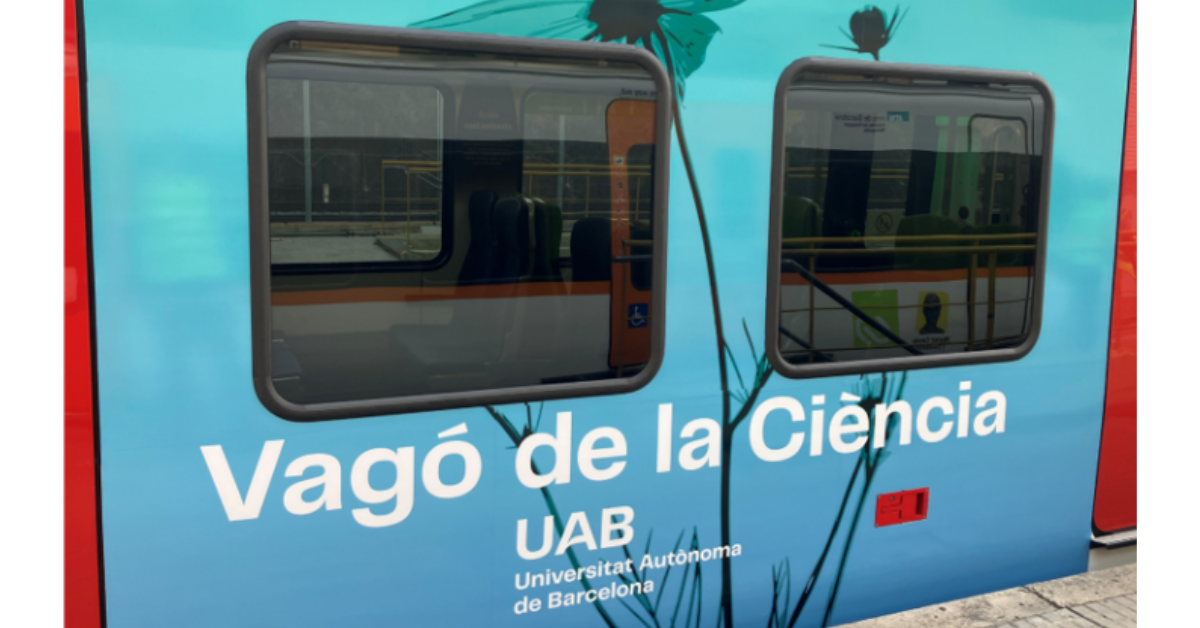Wednesday, 02 October 2024
ICN2 Scientists Install Intelligent Window Films on Barcelona Trains
The project is part of the 'Vagó de la ciència' (Science Carriage) initiative, which aims to provide an educational experience on sustainability while also showing window films prototypes aimed to reduce CO2 emissions and improve the thermal efficiency in buildings and vehicles.

One of Barcelona's trains running in the Vallès area has been equipped with smart window films developed by scientists from ICN2, the Universitat Autònoma de Barcelona (UAB) and the ICN2 spin-off Futurechromes. This project is part of the 'Vagó de la Ciència' initiative, a collaboration between the UAB and Ferrocarrils de la Generalitat de Catalunya (FGC), which aims to create an immersive educational experience in train carriages, including scientific information and access to digital content through QR codes. Specifically, this is the second edition of the project, which focuses on raising awareness of sustainability and climate change, as well as the importance of reducing fossil fuel emissions.
Specifically, two types of film have been installed on the carriage windows. The first was developed by scientists from the Nanostructured Functional Materials Group, including Dr Claudio Roscini, Dr Lorenzo Vallan and Prof. Daniel Ruiz-Molina (CSIC Researcher and Group Leader), in collaboration with the UAB researchers Prof. Jordi Hernando and Dr Jaume Otaegui. These films contain nanoparticles of wax that allow them to adapt to different climatic conditions. They are transparent on cold and cloudy days to facilitate light penetration and become opaque on hot and very sunny days to reduce solar radiation (and heat gain) and improve thermal comfort without or reducing energy consumption.
The second type of film, developed by Futurechromes, is based on photochromic nanocapsules that allow the self-adaptation of solar light transmittance depending on the intensity of ultraviolet light, thus becoming more transparent or coloured depending on the sunlight intensity.
Both technologies are designed to reduce the need for air conditioning and ventilation in buildings and vehicles, helping to lower CO2 emissions. These films will be tested throughout the academic year to assess their performance in real-world conditions.

